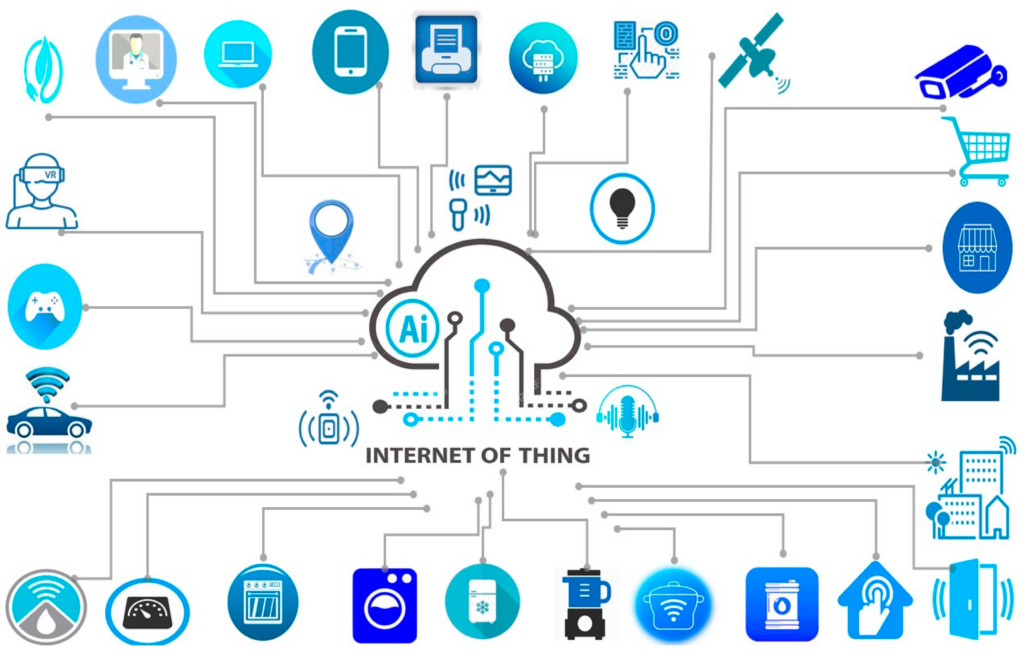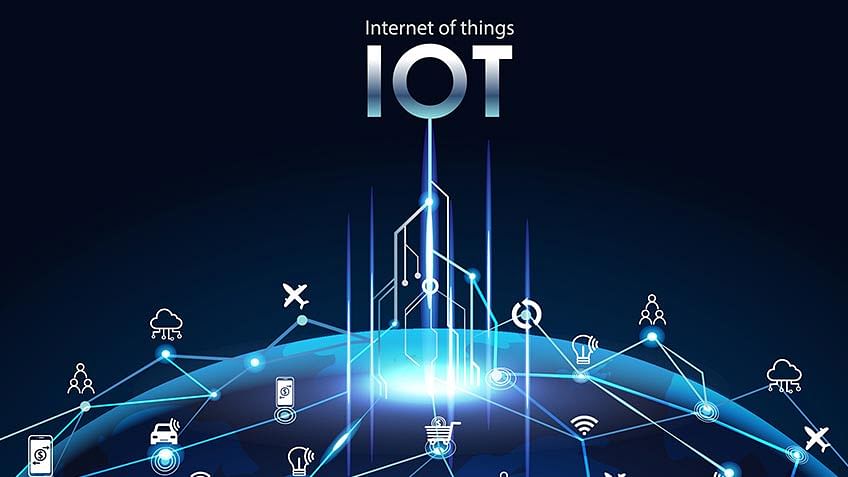Interweaving Threads: introduction
The Internet of Things (IoT) is weaving a tapestry of interconnected devices, promising a future of seamless automation and ambient intelligence. At the heart of this intricate web lies JavaScript, the ubiquitous language powering web applications, now poised to orchestrate the symphony of the IoT. However, this ambitious dance isn’t without its missteps. Let’s unravel the intertwined challenges JavaScript faces in the realm of the IoT.

2. Performance Perplexity: Navigating the Interweaving Threads of Efficiency
JavaScript, while nimble in the browser, stumbles on resource-constrained IoT devices. Memory limitations and processing bottlenecks can cripple even the most efficient code. This necessitates a shift towards leaner libraries, optimized frameworks, and a focus on minimalist scripting. Furthermore, asynchronous programming techniques become paramount to avoid bogging down the system.
3. Security Snarls: Safeguarding the Interweaving Threads of Device Communication
The interconnected nature of the IoT expands the attack surface, making security a paramount concern. JavaScript, traditionally viewed as a client-side language, must now contend with the vulnerabilities inherent in device communication. Implementing robust authentication, encryption protocols, and secure coding practices become critical to safeguard sensitive data and prevent device hijacking.
4. Connectivity Conundrums: Navigating the Babel of Interweaving Threads
The sheer diversity of devices and communication protocols in the IoT ecosystem throws a wrench in the works. JavaScript needs to adapt to a Babel of languages, from Bluetooth Low Energy to Zigbee, each with its own quirks and limitations. Developers must grapple with fragmented standards and bridge the gap between the web and the intricate dance of device communication.

5. Battery Blues: Optimizing the Interweaving Threads for Energy Efficiency
Energy efficiency is the lifeblood of the battery-powered world of the IoT. JavaScript, while not inherently energy-guzzling, can drain precious resources if not optimized. Developers must prioritize low-power libraries, focus on event-driven programming, and leverage sleep modes to keep devices humming along without frequent battery changes.
6. Testing Tangled Threads: Ensuring the Reliability of Interweaving Threads
With complex interactions between devices and the cloud, testing in the IoT realm becomes a tangled web. Traditional web testing tools fall short, demanding innovative approaches. Unit testing, device-specific emulators, and robust security testing frameworks become essential tools to untangle the Gordian knot of interconnected functionality.
7. Unraveling the Threads: Charting a Course for Interweaving Success
Despite these challenges, the future of JavaScript in the IoT is bright. The emergence of lightweight frameworks like Emscripten and WebAssembly paves the way for efficient code execution on resource-constrained devices. Additionally, the rise of secure coding practices and standardized communication protocols promises a more robust and secure landscape.
8. Conclusion: The Collaborative Dance of Interweaving Threads
In conclusion, the challenges of JavaScript in the IoT are not insurmountable. By addressing performance constraints, prioritizing security, navigating the connectivity quagmire, optimizing for battery life, and adopting innovative testing approaches, developers can weave a web of success in this burgeoning domain. Remember, the future of the IoT is not a solo act, but a collaborative dance where JavaScript takes center stage, its intricate steps guided by ingenuity and a deep understanding of the interconnected threads that bind the symphony of the smart world.





Leave A Comment